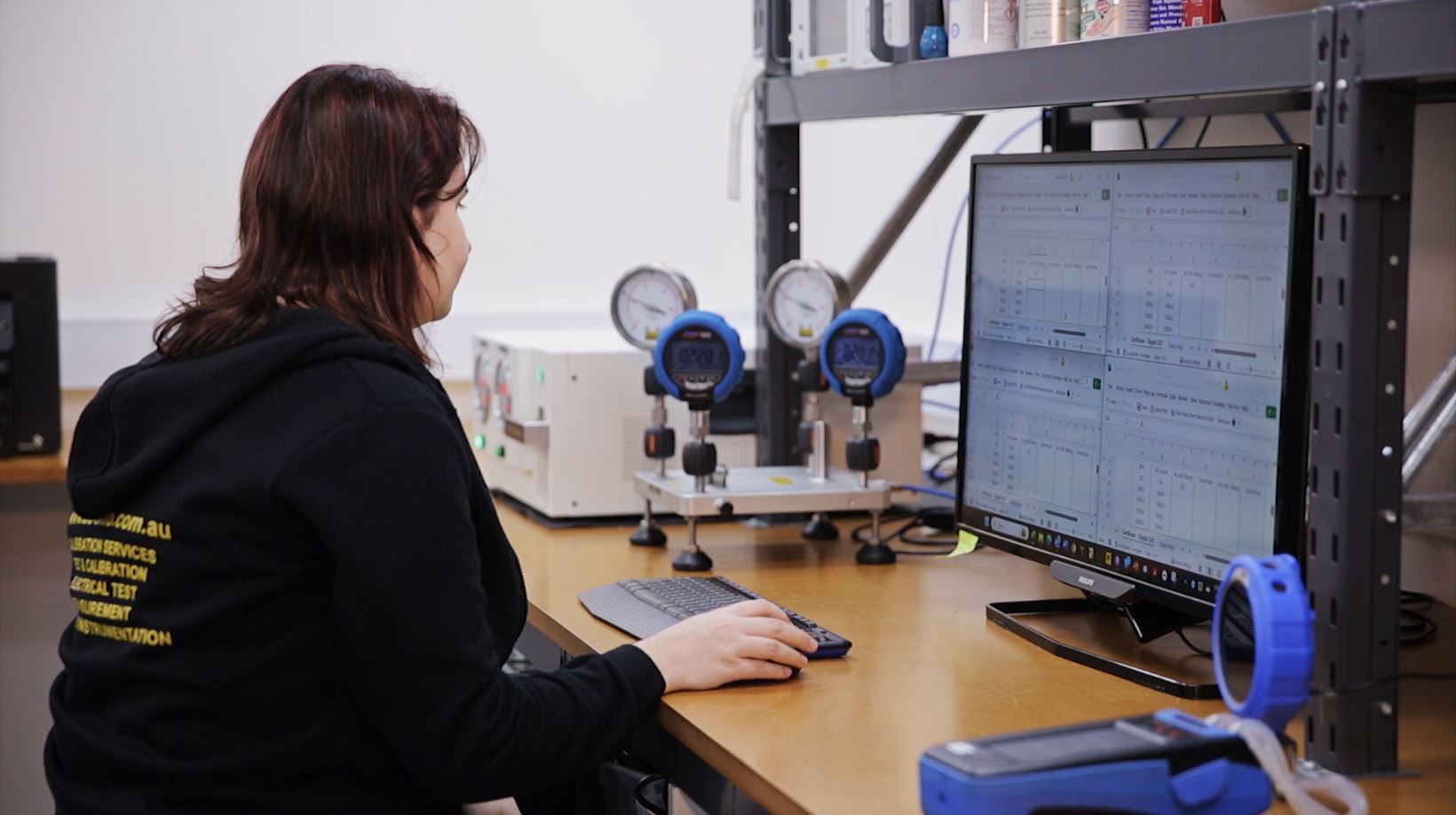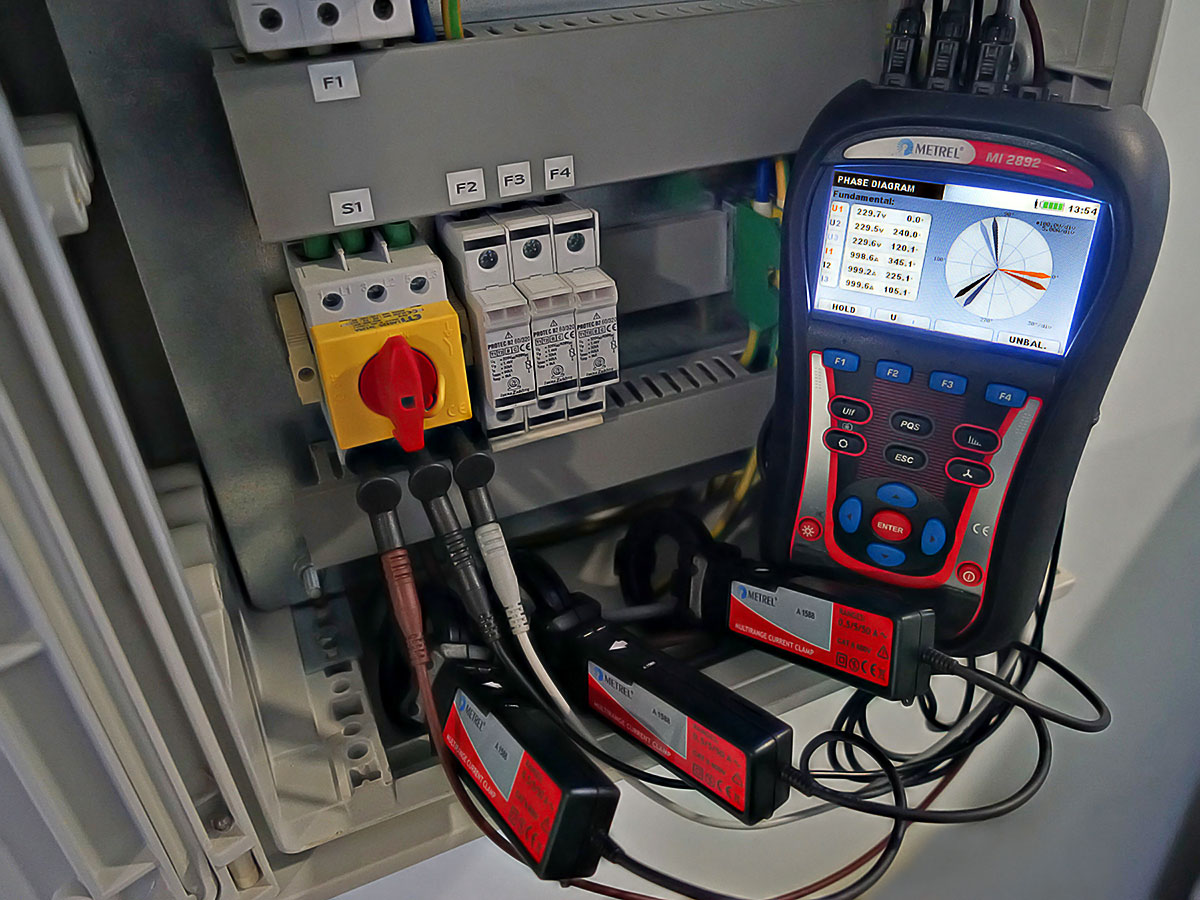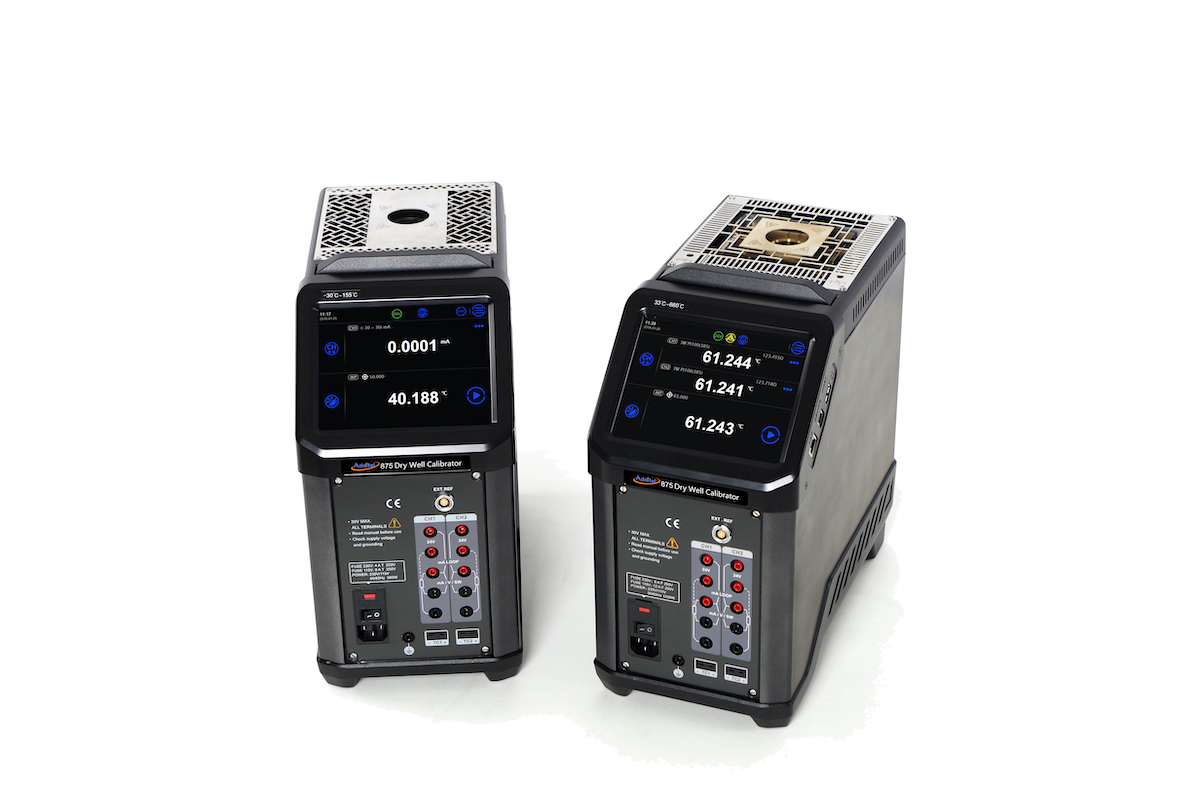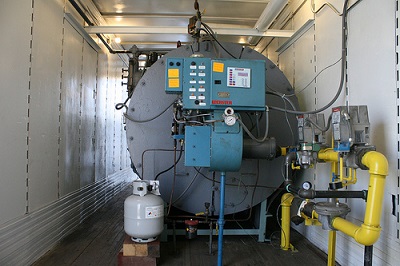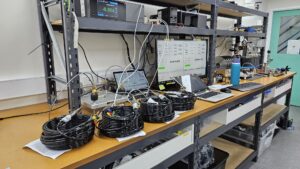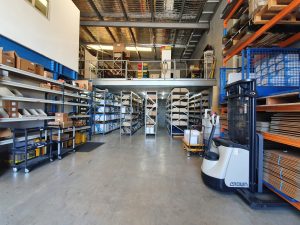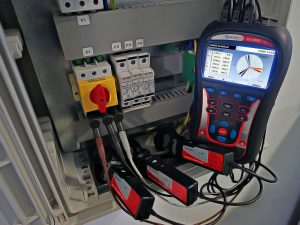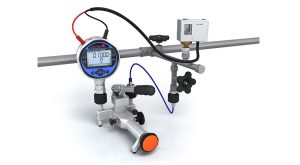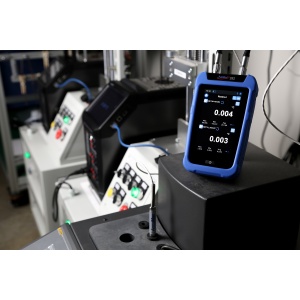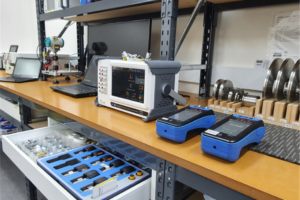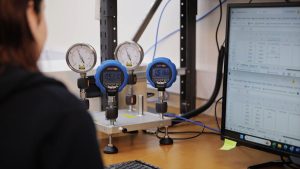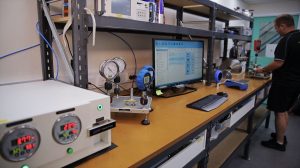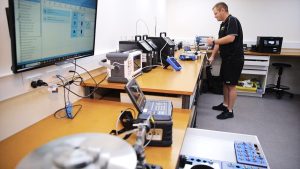Before we start, what is involved in instrument calibration? It involves comparing the measurements of two instruments, one with a known correctness or magnitude against another of unknown magnitude or which the unit under test is being measured against.
According to the International Bureau of Weight and Measures, equipment calibration involves the scientific comparison of two instruments. One of these instruments must have a proven or known correctness so that the other may achieve similar quality. It utilises this information to establish a relation for obtaining a measurement result from an indication. The main objective of this measurement or comparison is to achieve unmatched precision or accuracy.
What is the importance of calibration?
Instrument testing and calibration is required for a wide range of applications, and mainly aims to:
• Test new instruments
• Test equipments after being modified or repaired
• Test equipment after the specified utilisation period has expired
• Periodically test instruments
When an instrument indicator does not match the output of surrogate equipment, or observations are inaccurate after incidences such as exposure to adverse conditions, or extreme vibrations or shock, it is important to have the affected instruments calibrated for accurate reading. Sudden weather changes could also lead to incorrect reading where some instruments used in the manufacturing process are concerned. Some of risks involved in not calibrating or testing your instruments include:
Increased downtime
The first indicator of disrepair in your equipment is unsatisfactory or poor quality in finished goods. By maintaining routine calibration programs, you can be able to identify warning signs early enough, allowing you to take remedial action before further damage could occur.
Litigations or fines
Customers who might have incurred losses due to usage of improperly instruments might return the product and ask for a full refund, which is somewhat acceptable. However, could they opt for litigation due to the resultant damages, then it means your business could be up for serious costs in terms of restitution and reputation.
Questionable quality
If an instrument is incorrectly calibrated, then chances of questionable quality where your finished goods are concerned could arise. Correctly testing and calibrating your equipment helps to maintain quality in production at different stages, which can get compromised should any discrepancy arises.
Wastage
If any instrument used in manufacturing process is improperly calibrated, it could lead to potential wastage of time and resources. The wasted time and effort in such operations result in overall increase in expenses.
Safety procedure
Where perishable products such as foodstuffs are involved, the use of faulty or improperly calibrated equipments could lead to potential safety hazards. A good example is the use of a faulty food thermometer.
The most basic maintenance requirement for all equipments is to have them calibrated. Instrument calibration is an already established procedure that all businesses that utilise different instruments or machinery in their normal operations must adhere to. These instruments must be periodically calibrated as specified in their manuals. The process of equipment calibration makes certain that all tools adhere to the International Standards of Measurements. Remember, your business could face serious legal consequences if found guilty of utilising incorrectly calibrated equipment.

